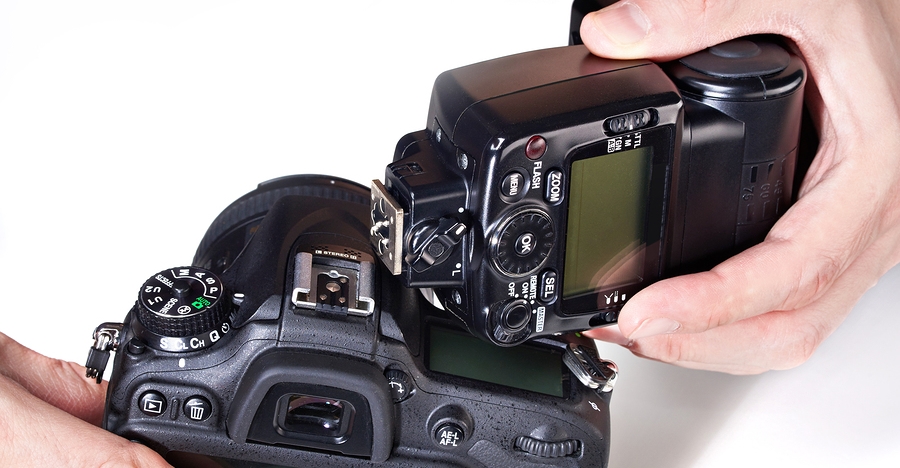Learning the differences of flash metering modes and knowing when to use them has greatly helped with my work.
I found a great article on flash metering modes over at Digital Photography School.
Terms used in this article are Canon specific but there are the same or similar terms for Nikon, Sony, Olympus and other camera manufacturers.
When you use your camera’s metering system, the meter will measure the reflected light from your subject. This is not the case when you use your camera with a flash.
There are three flash metering modes
TTL or through the lens metering
This is the standard metering mode. The quantity of the flash output is monitored through the lens by a flash sensor that is mounted below the mirror.
In TTL mode the flash will read the exposure from the light bouncing off your subject and the flash sensor will turn off the flash when it believes the image has been exposed correctly. In this TTL mode changes to the aperture setting will typically affect the exposure of the areas of your image that is lit with just the ambient light.
A-TTL (Advanced through the lens)
This metering mode performs in the same basic manner as TTL. It will read the exposure through the lens, from the area of focus and trigger the flash to turn off when the appropriate exposure is achieved. The main difference is that this method uses a pre-flash. The pre-flash is fired when the camera’s shutter is half depressed. Now when the shutter is fully depressed the flash fires to correctly expose for the subject. Based on the model of your flash, the pre-flash can be an actual white light flash or an infrared flash.
E-TTL (evaluative through the lens)
As with A-TTL, E-TTL also uses a pre-flash. However, the flash exposure is not measured by the dedicated flash sensor but the main sensor that is used for ambient light exposure readings. This is similar to the exposure calculations and focus locking that occurs before the shutter opens. E-TTL has far greater exposure accuracy than TTL or A-TTL modes. The pre-flash in E-TTL mode is not triggered when the shutter is half depressed but when the shutter is fully depressed. Since flash durations are very short the pre-flash is not visible to the naked eye. The pre-flash measures the distance and reflectivity, and calculates the appropriate flash output.
The original article covers ETTL II and the subject more in depth. It can be found here over at Digital Photography School
Source: Digital Photography School

